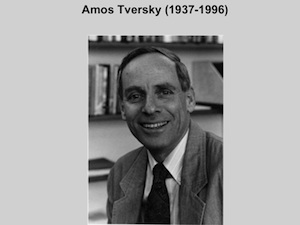Michelle Legro in Lapham's Quarterly [h/t: Elatia Harris]:
They called him “fat boy,” this seventeen-year old apprentice in the studio of Florentine painter Verrocchio who would receive care packages from his step-father, a pastry chef. The bastard son of a Florentine notary and a lady of Vinci, the boy’s doting step-father gave him a taste for marzipans and sugars from a very young age. The apprentice would receive the packages and devour them so quickly—crapulando, it was called, or guzzling—that the master felt the need to punish him, instructing the boy to paint an angel in the corner of a baptism of Christ, a mediocre painting which hangs in the Louvre for because it includes the first work of Leonardo da Vinci.
After three years as an apprentice, twenty-year old Leonardo took a job as a cook at the Tavern of the Three Snails near the Ponte Vecchio, working during the day on the few commissions his master sent his way and slinging polenta in the evenings. Polenta was the restaurant’s signature dish, a tasteless hash of meats and corn porridge. The other cooks at the Three Snails cared little about the quality of the food they served, and when in the spring of 1473, a poisoning sickened and killed the majority of the cooking staff of the tavern, Leonardo was put in charge of the kitchen. He changed the menu completely, serving up delicate portions of carved polenta arranged beautifully on the plate. However, like most tavern clientele, the patrons preferred their meals in huge messy portions. Upset with the change in management, they ran Leonardo out of a job.
Much like a modern struggling artist, Leonardo da Vinci was in his daily life a line cook, tavern keeper, and chef-for-hire. “My painting and my sculpture will stand comparison with that of any other artist,” he wrote in a humble introduction to Ludovico Sforza, the future Duke of Milan, by way of a job application. “I am supreme at telling riddles and tying knots. And I make cakes that are without compare.”


